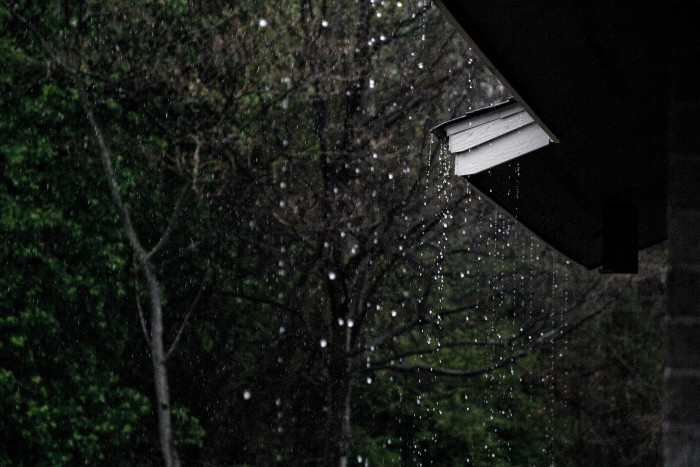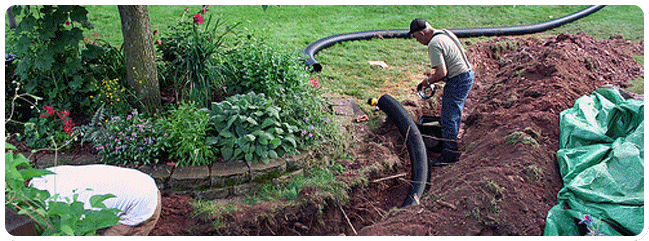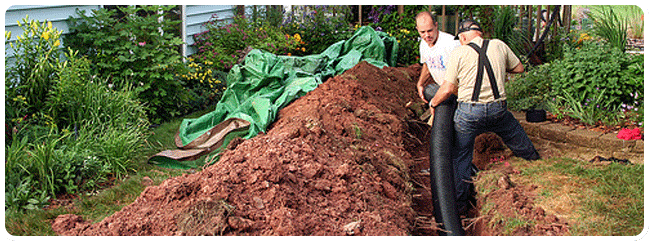If you’re a homeowner, there’s a good chance that you’ve experienced yard flooding at some point. This can be a real nuisance, not to mention a safety hazard. In this blog post, we’ll show you how to prevent yard flooding and keep your property dry. Follow these tips and you’ll be able to rest easy during those heavy rains.

Underground drainage
During a rainstorm, the torrents of water that rush through the gutters and out the downspouts can contribute to flooding if they can’t easily run off your property. The problem may be low spots, or a single spot, in the yard that prevent these streams from running to the storm drain. If so, rainwater can be safely rerouted through a French drain, a perforated underground pipe that collects and directs surface water. Source: BobVila
Rain garden
If you have a low spot in your yard that tends to collect and retain water, consider building a rain garden. A rain garden is simply an area of your yard that’s designed to catch water and is filled with water-loving plants. It doesn’t really solve a soggy yard problem, but a rain garden looks a lot better than a muddy hole. Plus, rain gardens are good for the environment. They reduce runoff and the lawn chemicals, pet waste and sediment that go along with it.
A rain garden doesn’t have to hold water like a pond. You can add drainage and use the rain garden to hold the excess water until it has a chance to drain away. A key part of rain garden design is choosing the right plants for the soil conditions. Typically native plants with deep fibrous roots work well. Source: FamilyHandyman
Grading
Grading, also called land leveling, is the process of moving soil, dirt, or sand from a high elevated area to a low elevated area. Grading is the likely method to building a patio regardless of material. Estimate the levels of water that fall on your backyard. This can be done by reviewing the low elevated areas of the backyard. Consider filling the low areas with soil and gravel. If the grading is close to the patio, raise the patio level using the grading method. Create a barrier (use treated wood or cement blocks) and pour dirt into it until it’s at the target height. Level the dirt and install the patio. Source: Blog.GardeningKnowHow
Need help with any drainage-related concern? Don’t hesitate to reach us anytime!
Contact:
Kerrisdale Roofing & Drains Ltd.
168 W 71st Ave, Vancouver, BC V5X 4S7
(604) 360-2114



















